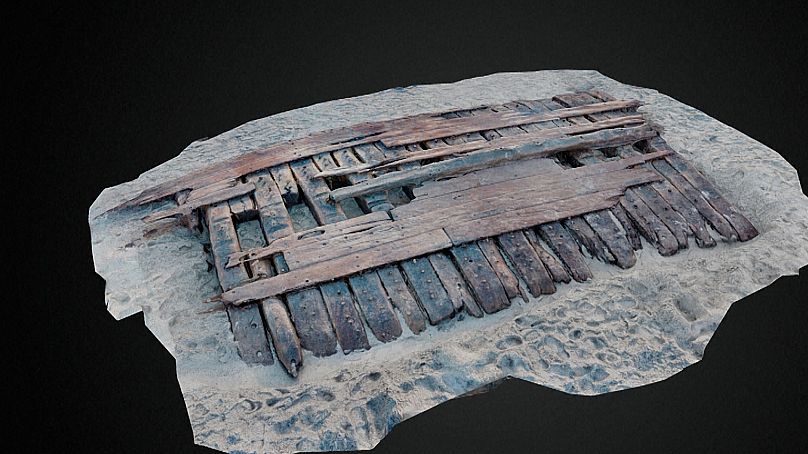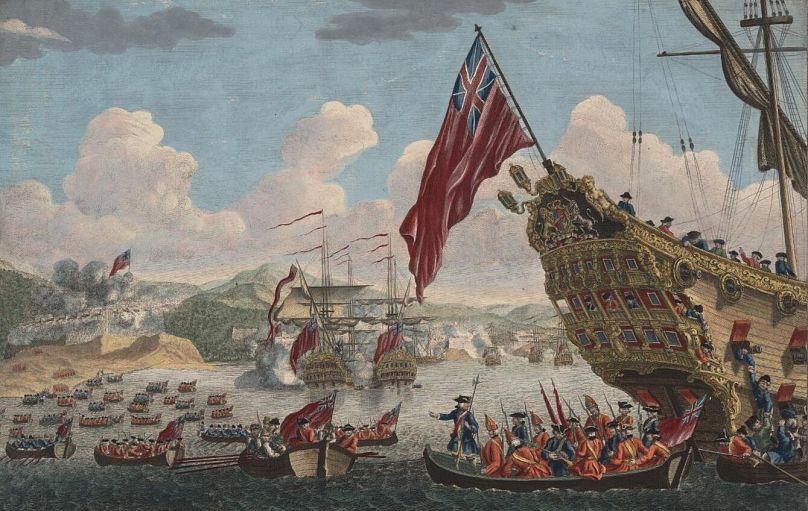When a storm in February 2024 ripped away the sands on a remote beach in Sanday – one of Scotland’s far-flung, sea-beaten islands – it revealed something astonishing: the ribs of an old wooden ship, long buried beneath the dunes.
The ghostly remains quickly stirred excitement among the 500-strong island community, for whom the ocean is both a livelihood and a lurking danger.
“I would regard it as a lucky ship, which is a strange thing to say about a ship that’s wrecked,” says Ben Saunders, senior marine archaeologist at Wessex Archaeology, which helped locals lead the investigation.
“I think if it had been found in many other places it wouldn’t necessarily have had that community drive, that desire to recover and study that material, and also the community spirit to do it.”
It wasn’t the first shipwreck Sanday had seen. Around 270 wrecks have been recorded around the island’s 20-square-mile coastline since the 1400s. But this one felt different. Locals leapt into action. Farmers rolled up in tractors and trailers to haul 12 tons of oak timbers from the beach, while island researchers set about trying to unravel the ship’s origins.
Using dendrochronology – the study of tree rings – experts discovered the timbers hailed from southern England and dated to the mid-1700s.
“You remove ones that are Northern European as opposed to British, you remove wrecks that are too small or operating out of the north of England and you really are down to two or three … and Earl of Chatham is the last one left,” says Saunders.
Before it was known as the Earl of Chatham, the vessel served as HMS Hind, a 24-gun Royal Navy frigate built in 1749 in Chichester. Its career spanned the highs and lows of the British Empire.
In the 1750s, it took part in the sieges of Louisbourg and Quebec, helping Britain snatch control of Canada from France. By the 1770s, it was escorting convoys as Britain struggled – and ultimately failed – to hold onto its American colonies.
Decommissioned in 1784 and sold to private owners, the ship was renamed and transformed into a whaler, hunting in the Arctic waters off Greenland.
Saunders notes that in 1787, “there were 120 London-based whaling ships in the Greenland Sea, the Earl of Chatham among them.”
But the voyage the following year would be its last. Caught in bad weather en route to the whaling grounds, the ship was wrecked just off Sanday’s coast. Incredibly, all 56 crew members survived.
Today, its timbers are being carefully preserved in a freshwater tank at the Sanday Heritage Centre, with hopes to eventually place them on permanent display.







